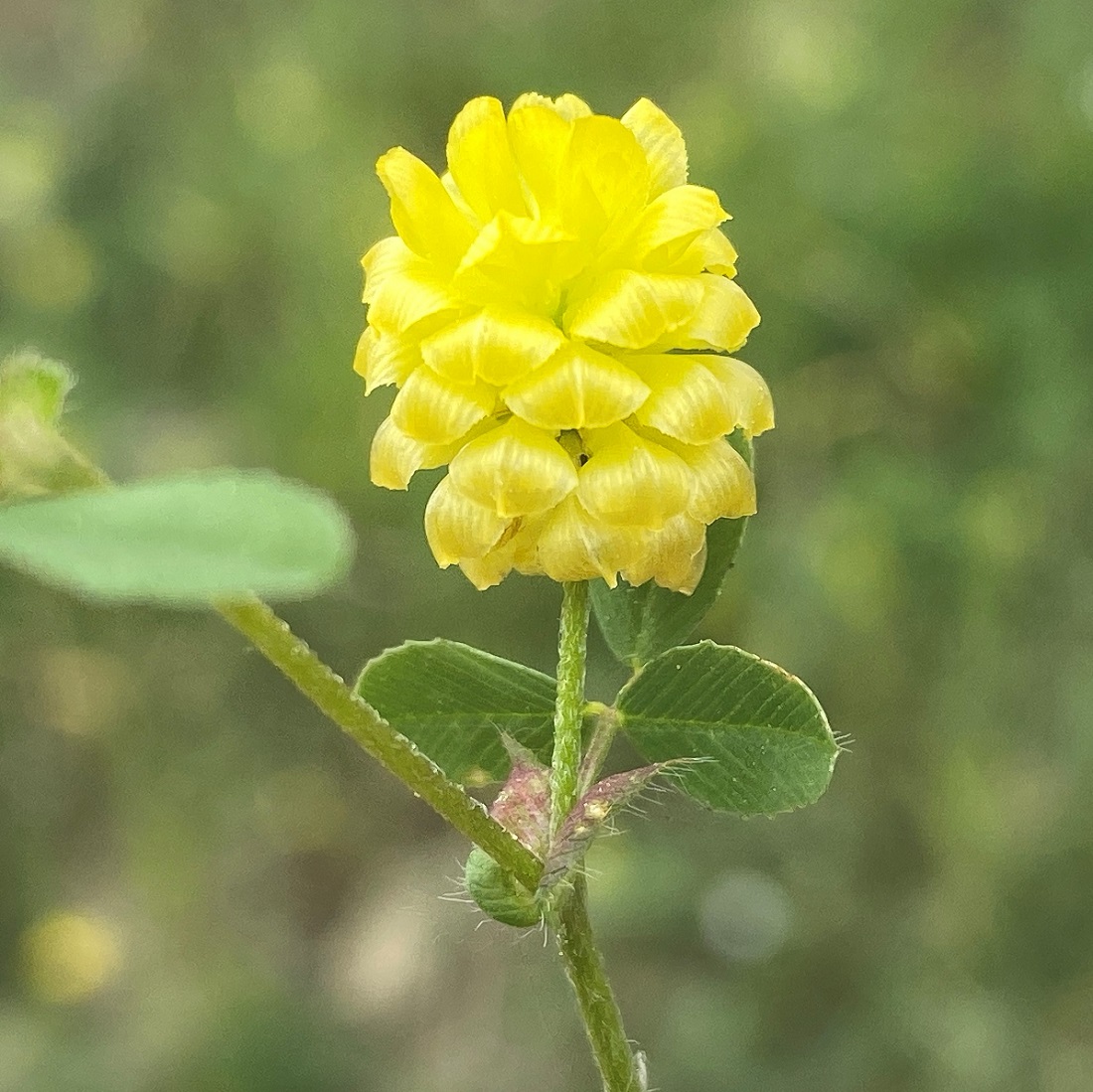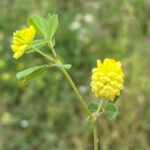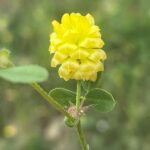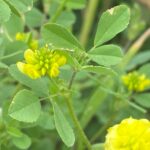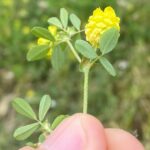Τριφύλλι το πεδινό υποείδος το πεδινό
Etymology of Trifolium campestre subspecies campestre: The name of the genus, "Trifolium" derives from the Ancient Greek "τρία" [tria], meaning "three" and the Latin "folium", which means "leaf", hence "three-leafed", referring to the three leaflets that comprise a leaf. This word is a calque of the Ancient Greek "τρίφυλλο" [trifyllo], which actually means the same thing. "Campestris" is Latin and means "plain-dwelling", referring to its favourite habitat.
Around 36 Trifolium taxa have been identified in the wild Cypriot habitat so far.
Trifolium campestre subsp. campestre is a common plant in Cyprus and one of the most popular Trifoliums. It is encountered all-around the island at an altitude of up to 1225 metres on waste ground, grassland, roadsides and cultivated fields. Trifolium campestre subsp. campestre's flowering period is from February until June.
How to identify Trifolium campestre subspecies campestre:
It may be mistaken with Trifolium boissieri or Trifolium campestre subsp. paphium. Boissieri is also yellow as subsp. campestre but looking at both from the side we notice that the middle petals of subsp. campestre spread horizontally, and the lower ones spread downwards, whilst boissieri's spread vertically or sideways, upwards. Additionally, the stems of subsp. campestre are very slightly hairy, whilst boissieri's are clearly hairy. Boissieri can be found up to a maximum altitude of 750 metres, whilst subsp. campestre up to 1225.
Subspecies paphium is a western Cyprus plant which has a primarily orange colour, and its stems could be mauve.
